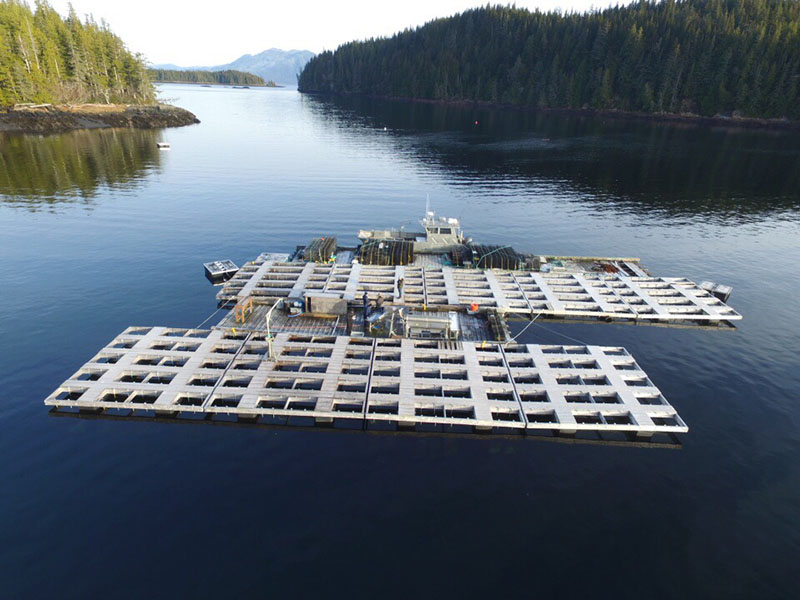The Alaska oyster industry saw another year of growth in 2017. The alignment of mild winters, cool summers and the lack of volcanic eruptions or other factors that could inhibit the survival and growth of the oysters points to increased production ahead.
“We’ve really ramped up production,” said Scott Crosby, manager of the Kachemak Shellfish Growers Co-op, in Homer.
Production in the local hatchery has increased from 3 million oysters to 12 million oysters in recent years, and Crosby reports an increase in the number of oyster operations starting up. Myriad elements have to fall into place to take baby oysters from the size of a pinhead to 3 inches long — the desirable market size. Even acquiring and handling the algae that feeds the baby oysters poses challenges for Crosby and more than a dozen other growing operations in Kachemak Bay and Prince William Sound.
“The algae is the hardest part of the whole operation,” said Crosby, who orders it in 15-mL vials from labs in the Lower 48. Grown properly, each small vial grows to 2,200 liters in six weeks.
“That’s enough to feed 2 million oysters for a day,” said Crosby.
When all goes well, oyster farmers plant millions of fingernail-sized oysters into pens at the beginning of the first of their three summers in the ocean. From there, it’s up to Mother Nature to carry the crop toward marketable size. Crosby says the survival of oysters has been running 95 percent these past two years. But that’s not always the case.
“There have been years where it’s 50 percent,” he says. “Volcanic eruptions put a lot of impurities into the water, and cold winters take their toll.”
Besides the whims of the weather, new regulatory changes that require farm owners to insure their operations adds costs to an already-dicey business model.
“The profit margin is so small anyways, and any added costs come right out of your pocket.”
The oyster operations lease water property of the state of Alaska, hence the regulation. Crosby says that he’ll research firms offering the insurance in the weeks to come.
As for putting money into the pockets of Alaska’s shellfish growers, Crosby wasn’t at liberty to say how much his operation made in terms of volume and revenues, but he added that demand and prices have been on the increase.







